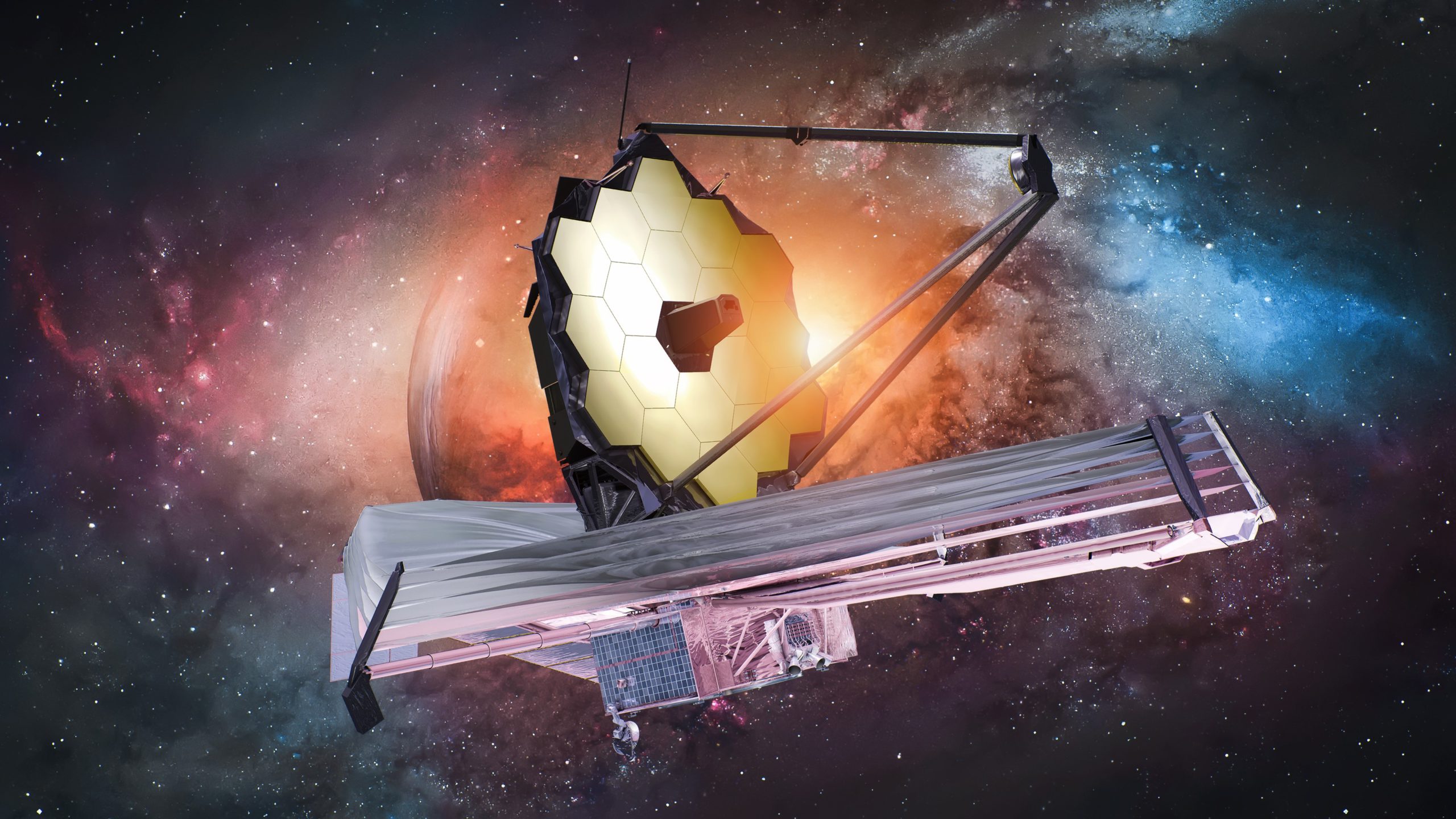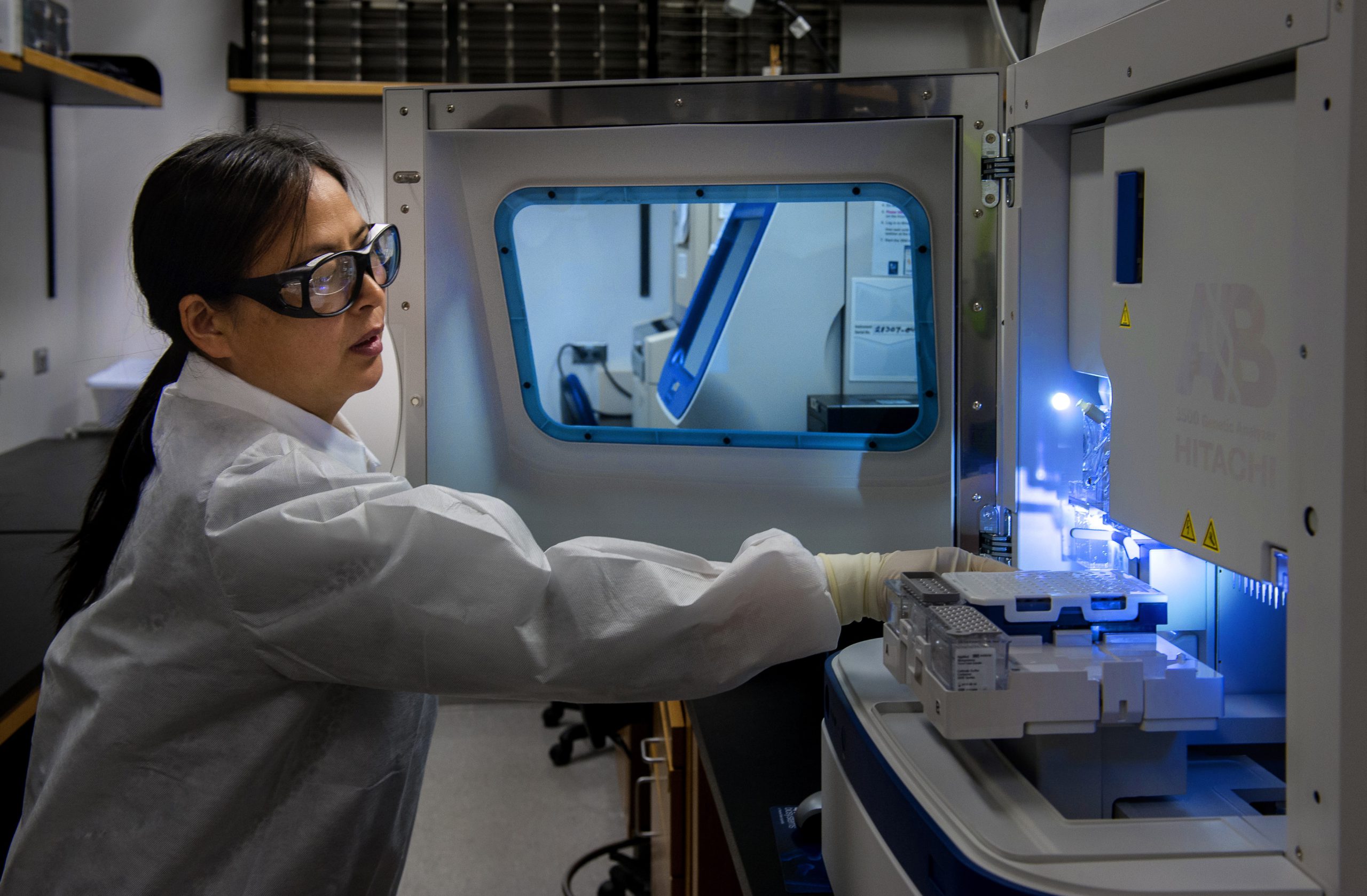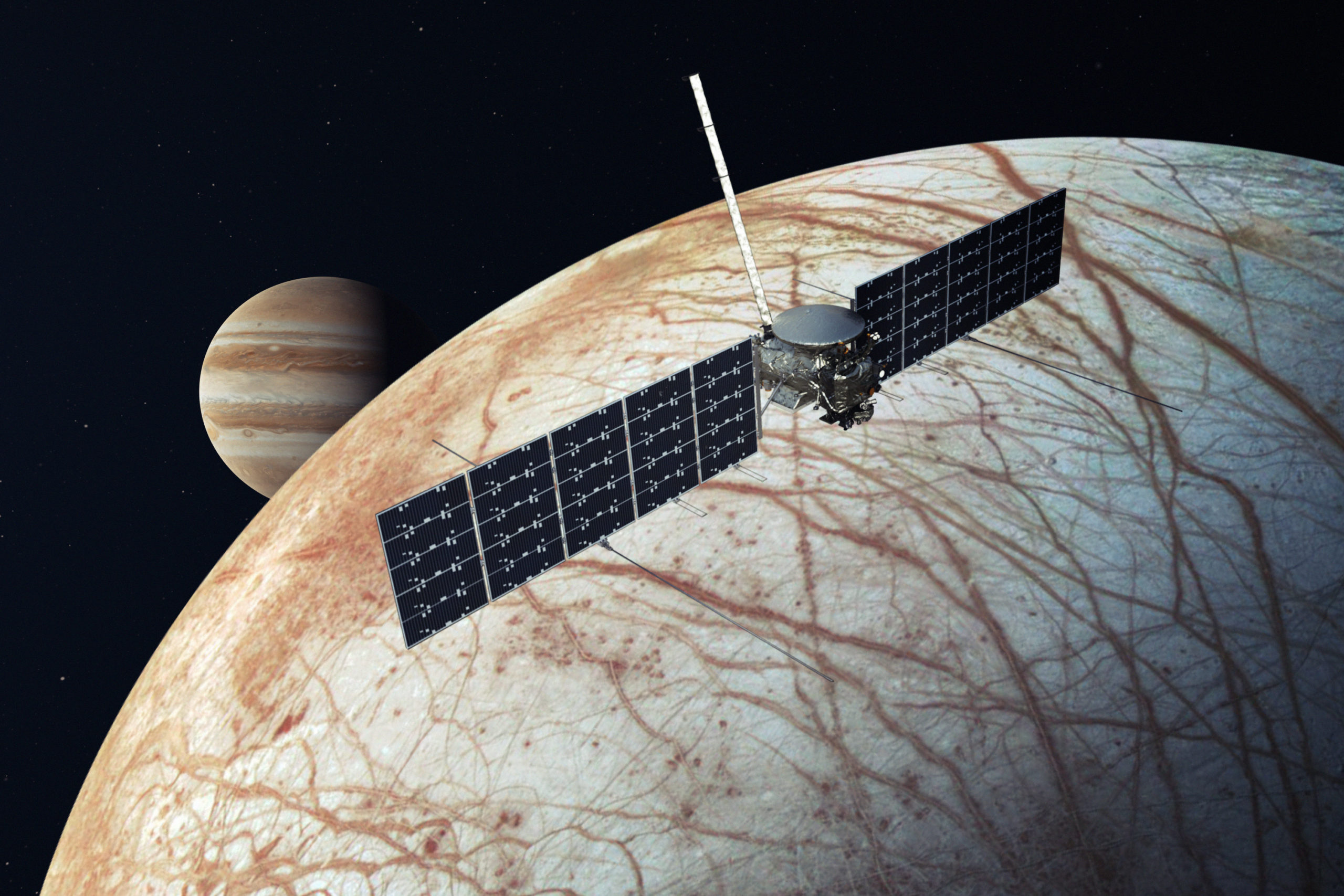
Exploring the Future of Space Telescopes and the Search for Habitable World
In the cosmos, envisioning the unknown requires meticulous planning. Just as the James Webb Space Telescope has recently taken its first cosmic steps, the realm of astrophysics is already abuzz with dreams beyond Webb — ambitious dreams that illuminate our search for habitable planets and life beyond Earth. Leading this celestial journey is the grand vision of the Habitable Worlds Observatory.
Aiming for the Stars

The horizon of astronomical research spans decades ahead, with the ambition to discover 25 Earth-like planets orbiting sun-like stars. Imagine the sheer wonder of spotting distant worlds similar to our own, ripe with potential for life. It’s a vision that drives scientists to innovate and propel technology to new frontiers. The challenge lies in the expanse of space itself. Far-off planets’ minute size and dimness make them elusive to observe directly. Traditionally, we’ve inferred their presence through starlight deviations during transits or the gravitational tugs they exert on their host stars. However, to deeply understand exoplanets, direct imaging is essential.
Enter the Nancy Grace Roman Space Telescope, slated to launch in 2027, and the future Habitable Worlds Observatory, expected around 2040. These telescopes will not only survey the skies but will also bring distant exoplanets into focus. The hope is to identify potentially habitable planets, paving the way for the search for extraterrestrial life.
While James Webb gazes into the infrared spectrum, the Habitable Worlds Observatory will shift its gaze to optical and ultraviolet wavelengths. These wavelengths unveil the composition of planetary atmospheres, including signatures of elements like oxygen. The quest for oxygen, a key biomarker, offers the tantalizing prospect of life’s presence elsewhere.
Technology Pioneering the Future

A new era beckons, bridging existing instruments with innovative technology. Cameras and spectrographs, akin to those on James Webb and Hubble, will guide the search for exoplanets and dissect their atmospheres. The goal is to decipher the mysteries of alien worlds and uncover clues that hint at habitability. Yet, the path to detecting life beyond our solar system is multifaceted. Identifying an Earth-like planet with the right conditions requires a comprehensive context that spans planets, stars, and even debris disks. It’s a journey that echoes the legacy of scientific progress, spanning generations.
The pursuit of the Habitable Worlds Observatory encapsulates a multigenerational endeavor. Just as today’s scientists reap the rewards of the past, the legacy will continue into the future. While the endeavor is bound by time, its significance echoes the depths of space — profound, vast, and ever-humbling.

Unlocking the cosmic puzzle demands patience, perseverance, and innovation. The Habitable Worlds Observatory ignites the spark, inspiring generations to push the boundaries of our understanding. As we gaze upward, we’re reminded that this journey is a testament to our curiosity, humility, and the unity of human ingenuity across the cosmos.
For more news on technology and innovation, visit our blog here.






